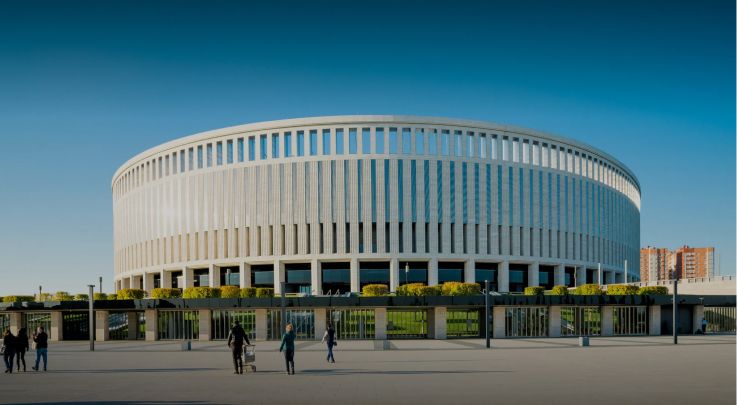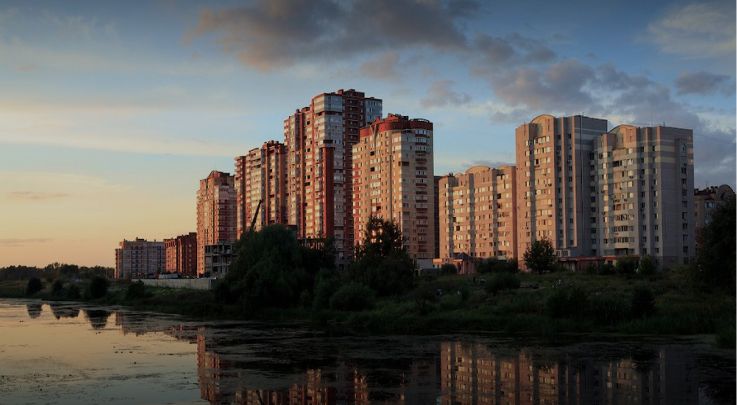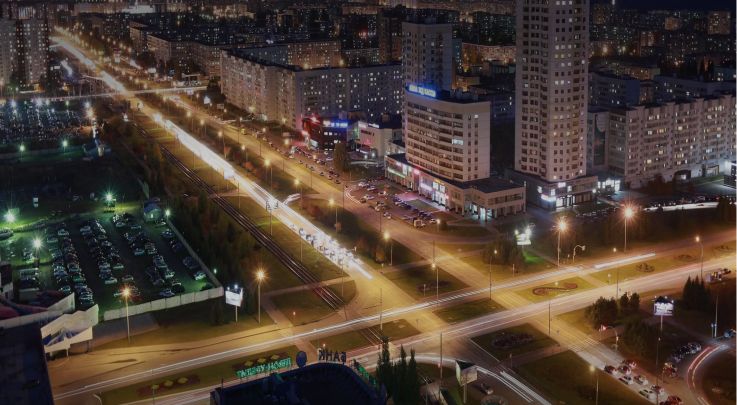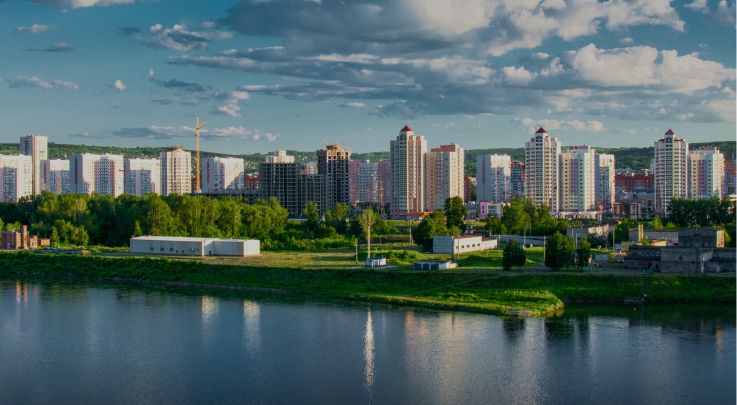About the research
The second edition of the study is devoted to a comprehensive assessment of indicators reflecting the effectiveness of the efforts of the administrations of the largest cities in Russia to reduce the negative impact of urban management on the climate.
The study included 36 cities with a population of more than 500 thousand people:

Research methodology
The assessment examines 5 key areas that have a direct impact on urban greenhouse gas emissions.
Each of the assessment areas includes one or more indicators characterizing the corresponding areas of urban life in terms of the existing potential for reducing greenhouse gas emissions:
Energy sources
Decarbonization of the energy sector is a key challenge towards achieving the goals of the Paris Agreement: about a third of global greenhouse gas emissions are associated with the combustion of fuel to generate heat and electricity.
Energy consumption
The housing sector is one of the largest consumers of energy resources in Russia and at the same time has significant energy saving potential, which makes improving the energy efficiency of the housing stock a number of key tasks on the way to reducing the carbon footprint.
Transport
The use of this or that transport is an integral part of the daily life of every city dweller. In this regard, the transition to cleaner modes of transport is an important step towards reducing the city's carbon footprint.
Green spaces
Unlike other assessment areas, green spaces provide the absorption of greenhouse gases and thereby offset emissions in other sectors.
Waste
Since 2019, Russia has been carrying out a large-scale reform of the municipal solid waste management industry, where one of the main tasks is the transition from a storage model to a recycling model, which will reduce the volume of greenhouse gas emissions.




































